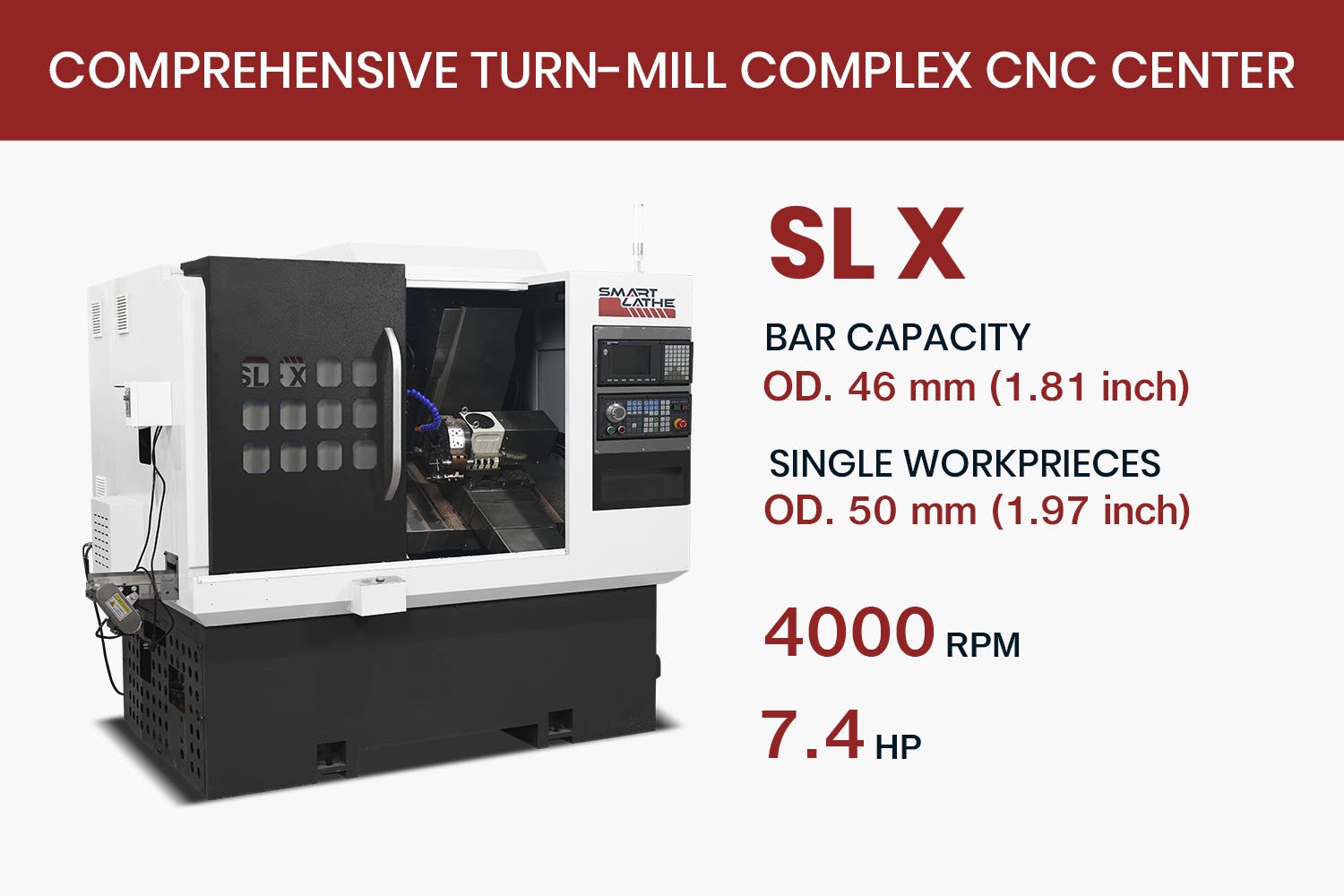Types of Guideways in CNC Lathes
CNC lathes, as crucial equipment in modern manufacturing, often directly affect product quality and production efficiency. Guideways, as one of the core components of CNC lathes, play a vital role in the motion system of the machine. This article will explore common types of guideways in CNC lathes, with a focus on comparing linear guideways and V-type guideways, and analyzing their respective advantages and disadvantages.
1. Slider 2. Guide rail 3. End cap 4. Steel ball 5. Loop Pipe 6. Oil nozzle
7. End face dust cover 8. Lower dust cover 9. Plug
Linear Guideways
Linear guideways are a common type of machine tool guidance system, known for their simple structure and smooth motion, suitable for high-speed and high-precision machining. The main components of linear guideways include the guideway and the slide block, with the guideway being linear in shape, enabling the guidance of workpieces or tools through a bearing sliding pair. The advantages of linear guideways are as follows:
High Rigidity: Linear guideways employ a multi-point support design, providing high rigidity to withstand large loads and inertial forces, ensuring stability during high-speed machining operations.
High Precision: Linear guideways are manufactured with high precision, with minimal clearance between the guideway and slide block, enabling high positioning accuracy and repeatability suitable for precision machining requirements.
Low Friction: Linear guideways utilize ball bearings or roller guides, resulting in low friction coefficients, reducing dynamic friction, improving the dynamic response of the machine, and energy efficiency.
V-Type Guideways
V-type guideways are a traditional guidance system still widely used in specific types of lathes. V-type guideways achieve linear motion of the workpiece or tool through the cooperation between a V-shaped groove and the guideway slide block. The advantages of V-type guideways include:
Good Self-Alignment: The design of V-type guideways ensures good self-alignment of the guideway slide block during motion, minimizing deviations caused by machining forces and improving machining accuracy.
Suitable for Heavy-Duty Machining: V-type guideways feature a large contact area, providing strong load-bearing capacity suitable for heavy-duty machining operations such as turning and boring.
Excellent Wear Resistance: Typically manufactured from high-strength materials, V-type guideways exhibit excellent wear resistance and stability, maintaining long-term machining accuracy.
Comparison between Linear Guideways and V-type guideways
Linear guideways and V-type guideways, as commonly used guidance systems in CNC lathes, have their own characteristics suitable for different machining requirements. They differ significantly in the following aspects:
Precision: The manufacturing precision of linear guideways is generally higher than that of V-type guideways, enabling higher machining accuracy and repeatability.
Speed: linear guideways have higher motion speeds and acceleration rates, suitable for applications requiring rapid machining.
Load Capacity: V-type guideways have a higher load-bearing capacity than linear guideways, capable of withstanding larger axial and radial loads, suitable for tasks with heavy loads.
Conclusion
When selecting the type of guideway for CNC lathe, it is essential to consider specific machining requirements and workpiece characteristics comprehensively. For tasks requiring high precision and stability, linear guideways are more suitable choices; while for applications demanding high speed and large load capacity, V-type guideways may be preferable. By considering the advantages and disadvantages of each type, significant support can be provided for improving the performance and efficiency of CNC lathes.
In consideration of the advantages and disadvantages of both linear guideways and V-type guideways, as well as the requirements of the products, all CNC lathes from SMARTLATHE are equipped with a combination of linear guideways to meet the needs of high precision and stability. The SL series by SMARTLATHE is a testament to this commitment.









